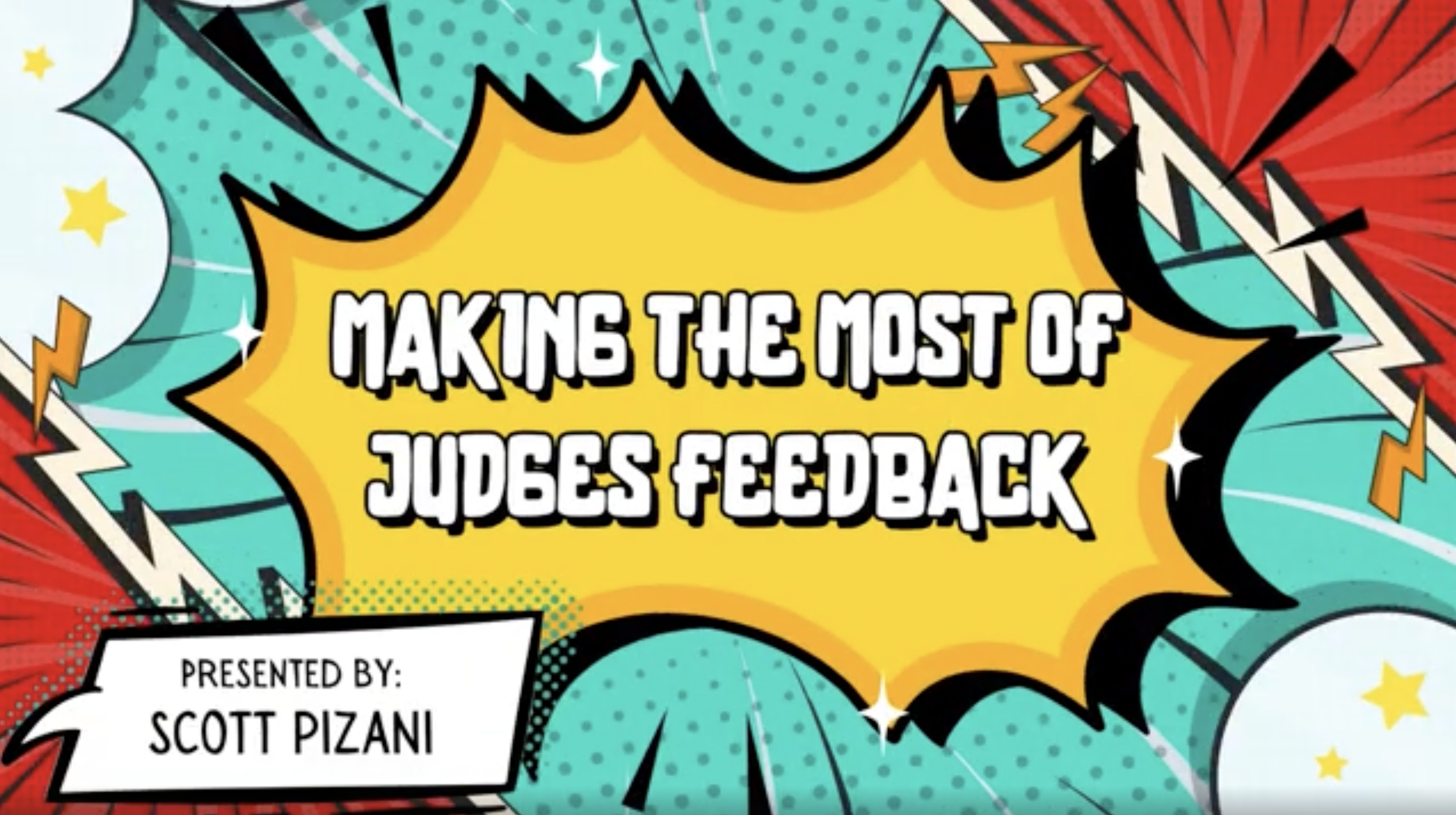Turning Judge Comments into Competitive Growth
Every weekend, MPAA ensembles take the floor to perform their shows, receive their judge feedback, and prepare for the next event. But how often do we truly use that feedback to guide improvement rather than simply reacting to scores?
In a recent discussion with veteran adjudicator Scott Pizani, who has over 45 years of experience in the marching arts, he shared strategies on how directors, staff, and performers can transform judge commentary into real growth.
Feedback Is a Gift — Not a Verdict
Judges’ comments aren’t personal critiques. They’re observations meant to help you bridge the gap between what’s being designed and what’s being communicated to the audience and adjudicators.
Instead of asking, “Why did they say that?” try asking, “What are they really seeing or hearing that made them say that?”
Be clear, be confident and don’t overthink it. The beauty of your story is that it’s going to continue to evolve and your site can evolve with it. Your goal should be to make it feel right for right now. Later will take care of itself. It always does.
Focus on What You Can Control
You can’t control every judge’s perspective, but you can control your:
Rehearsal process
Clarity of design intent
Performers’ consistency and accountability
Response to feedback
By staying focused on what’s within your power, feedback becomes actionable instead of emotional.
Make feedback useful with structure Breaking down feedback into: What did the judge observe? What do they suggest? What can we do about it?
Also to track recurring feedback: if judges repeatedly mention the same issue (timing, technique, focus, ensemble balance) that flags a systemic problem rather than a one-time slip.
Align feedback with your objectives
Groups should reflect on their own goals (competitive placement, educational growth, marching culture) and map judge feedback into those goals. Not all suggestions must be implemented literally—but you should understand how they relate to your objectives.
Feedback is only as good as its follow-through
Comments only help if you turn them into action. That means assigning ownership (“who is responsible for this fix?”), setting rehearsal checkpoints, measuring progress, and revising again after the next performance.
Over time, this process builds institutional memory—your ensemble won’t repeat the same fixes year after year.
Align Feedback with Your Goals Not every suggestion needs to be implemented literally. Instead, evaluate how each comment fits your unit’s objectives.
If your goal is educational growth, use feedback to guide training priorities.
If your goal is competitive excellence, refine details that impact caption spreads.
If your goal is audience engagement, focus on communication and effect.
Understanding why you’re making changes keeps your staff aligned and your students confident.
Follow Through & Celebrate Improvement
Feedback is only as valuable as what happens next. Build it into your rehearsal plan:
Set specific rehearsal checkpoints to address key items.
Let performers hear or read select feedback so they understand the why.
Track progress—if judges stop mentioning the same weakness, celebrate that success!
